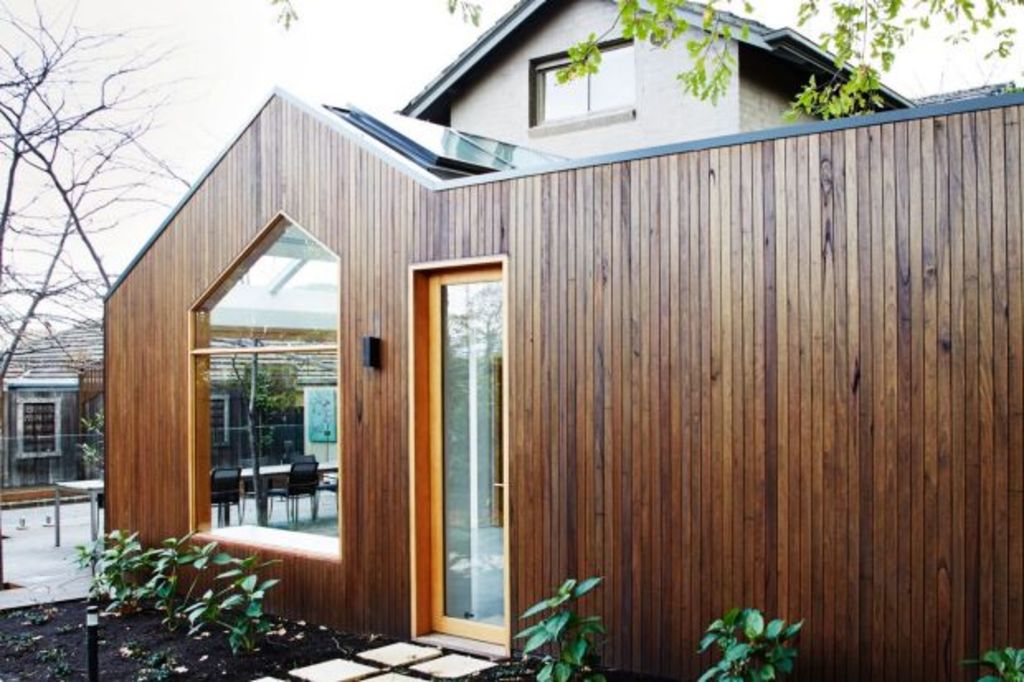Most common building mistakes and how to avoid them

Here is some of what you need to build a new house or do a big renovation on your property.
You will need all of the following in abundance: time, tenacity, patience, trust, a realistic budget plus a decent contingency reserve, clear and achievable ideas, knowledge of the industry and the mind-boggling myriad of rules, warranties, insurances and clause of “reasonable expectations and standards”.
You’ll need a water-tight contract that has been scrutinised by a lawyer, excellent communication skills and an open mind.
Oh, and one of the hardest essentials to secure right now: a builder.
Don’t assume a good builder is easy to find
For anything over $5000, you want to know the man or woman with the hammer is a qualified professional, well-connected to other tradies, and with a portfolio of projects you can touch and admire.
First, catch your builder. In a time when every other street and industrial zone is clogged with tradie trucks, and when the Federal Government has $50 billion in construction on the go, how do you find your builder?
As with many service needs, word of mouth is a great place to start. Grant Jennings, Melbourne company Jigsaw Projects, says that most of his firm’s work comes from referrals, either from designers, architects, draftspeople or previous clients. “We get a lot of enquiries that way.”
A builder’s sign on a local project that looks to be going well is another promising source. So are various builder membership associations, one of the biggest of which is the Master Builders’ Association of Australia, a gateway site to state-based organisations and their “find a builder” links.
Be realistic about your time frame
Because everyone – including the currently busy architecture area – is competing for the best builders, don’t expect that even if your plans and permits are ticked off, you can find a professional to start tomorrow.
Jennings says at the very least three months will elapse between initial contact and on site action. And Archier Architecture’s Chris Gilbert says he is now in the habit of contacting a preferred builder way ahead of even town planning lodgements.
“We like to engage with them much earlier than before and ask about cost estimates, how they would go about construction, and any issues they can see – for instance about waste and service provisions, before we get to town planning.
“That stops cost over-runs and gets valuable feedback from people who are not just workers but skilled professionals, and we should be tapping into that a lot more. We also need to be talking about their skill sets and not just prices.”

Dean Atkinson and David Pontifex met at kindergarten and have been a top building team for three decades.
Be realistic about the real-world price
David Pontifex, co-principal with Dean Atkinson, of award-winning residential building firm Atkinson Pontifex, believes that “too often people only think of price when to us it’s about 10 per cent of the equation”.
Grant Jennings’ experience is that about half his potential clients have expectations way beyond their budgets. He believes the TV renovation shows feed misconceptions of achieving fantastic things on frugal amounts.
Pontifex starts the discussion smack on the price point with the question: ‘What do you expect to pay?’ and then gets the price (plus GST) in writing as part of the brief. He says with building costs rising so quickly, clients “can be stuck with ideas of prices from years ago.”
He insists that everyone has their cards on the table from the opening because he will often have to say ‘Your expectations are unrealistic’. By the reverse, there have also been instances where he has told clients ‘You don’t have to pay that much’.
Clients also need to understand that it is a very expensive thing to do to change their ideas during a build and that “contract variations” also need to be priced and set down in writing so that each new change is fairly factored in. The cost of variations, he says, is another line item clients “tend to sweep under the carpet”.
Be clear on what you want
As much as clients are looking at the builder’s methodology and reputation, the builders are looking at the potential client’s behavioural clues because troublesome, argumentative, indecisive clients – especially couples who can sometime issue conflicting instructions – are the bane of the trade and a pain to deal with.
“With multi-million average builds, the journey we take together can be 18-20 months long,” Pontifex says.
“So with every meeting, I’m looking for politeness, respect, logic, good listening and decisiveness because if it takes a week to schedule a meeting, can you imagine how long it could take to schedule a paint colour choice?”
Time, for the tradies, is money… Their time and your money! “Ideally, the clients have sat down with each other to work out what they want before they even come to you.”

An award-winning housing project by Atkinson Pontifex.
To be involved on site or not to be involved?
There is an industry joke that the best jobs don’t involve a client at all. Grant Jennings, for one, would prefer if, even on an extension job, clients aren’t living on site. “It’s an OHS issue,” he says. “We like to be available for their concerns but we also don’t like them to be over-involved. They need to distance themselves to let us get on with the job.”
Dave Pontifex, however, says that a vital part of the process is “regular communication”.
“We prefer our clients to be involved,” he says. “If I haven’t heard from a client for 2-3 weeks, I’ll contact them and say ‘please can we show you what we’ve been doing? Can we meet?'”
Builders and their trade colleagues are highly trained artisans and, he reckons, are people who take great pride on their work. “We get just as much satisfaction out of a build [as the client] if we get recognition and appreciation.
“The most successful jobs – and the jobs where clients get the best value for money – are when the clients recognise the tradies by name and tell them directly that they’re doing a good job. I’ve seen our apprentices drive past projects on weekends to show their girlfriends how proud they are of the job they’re doing.
According to Pontifex the worst outcomes happen if clients approach the construction job as an ‘us against them’ proposition. The best, when clients and builders do, and enjoy, the process together.
“In both directions, there has to be trust!”
We recommend
We thought you might like
States
Capital Cities
Capital Cities - Rentals
Popular Areas
Allhomes
More







